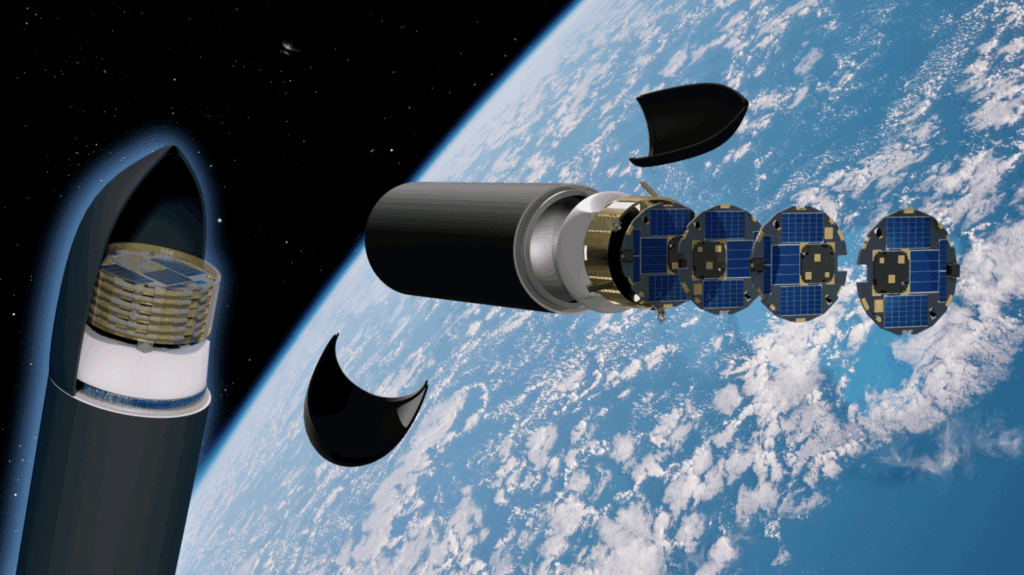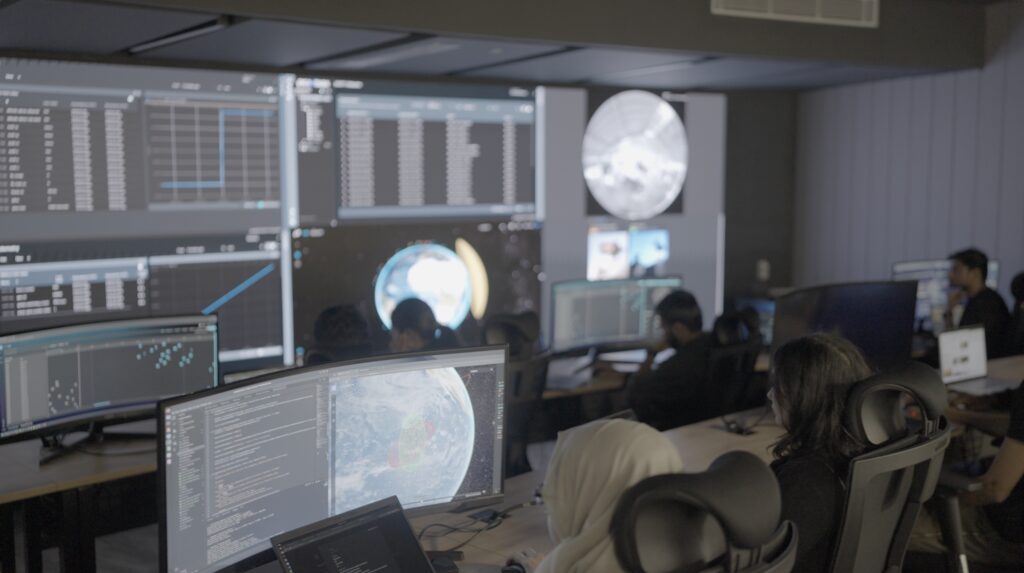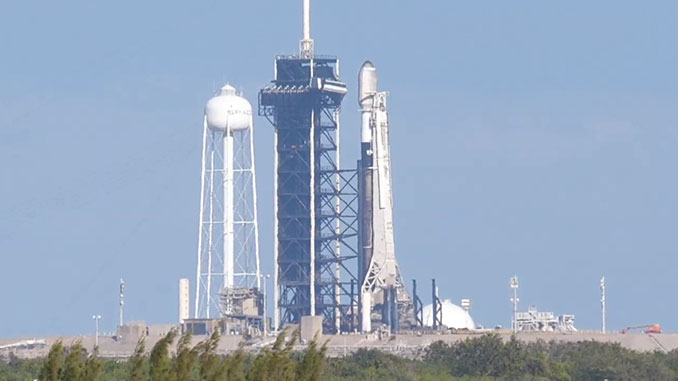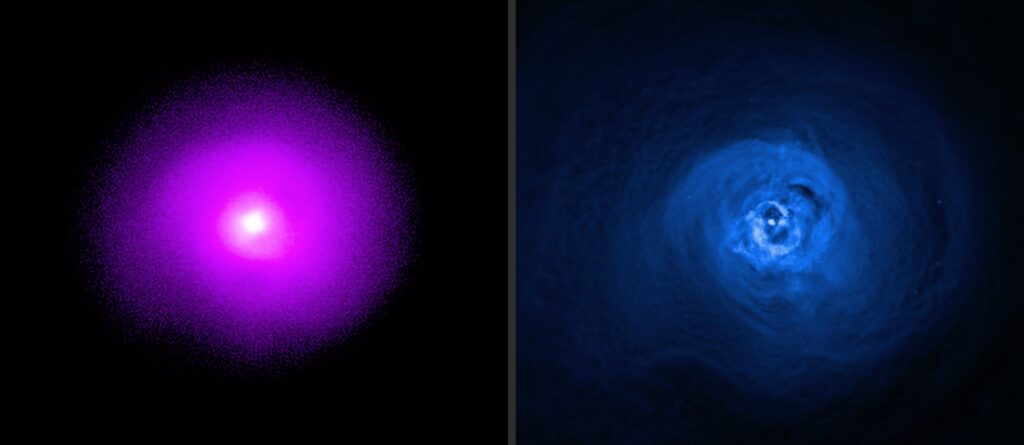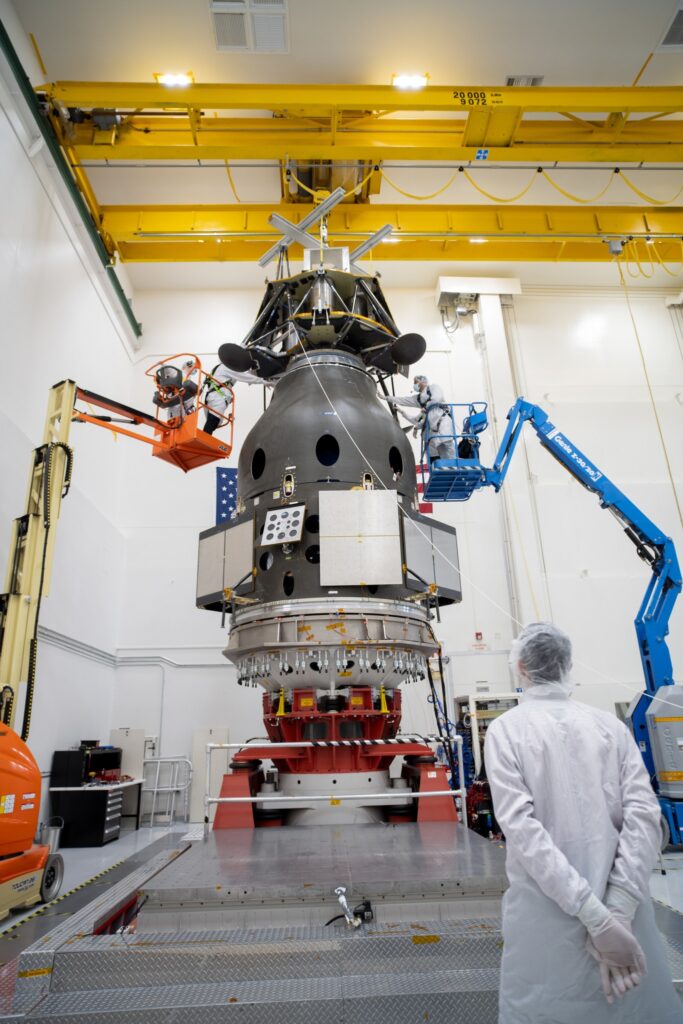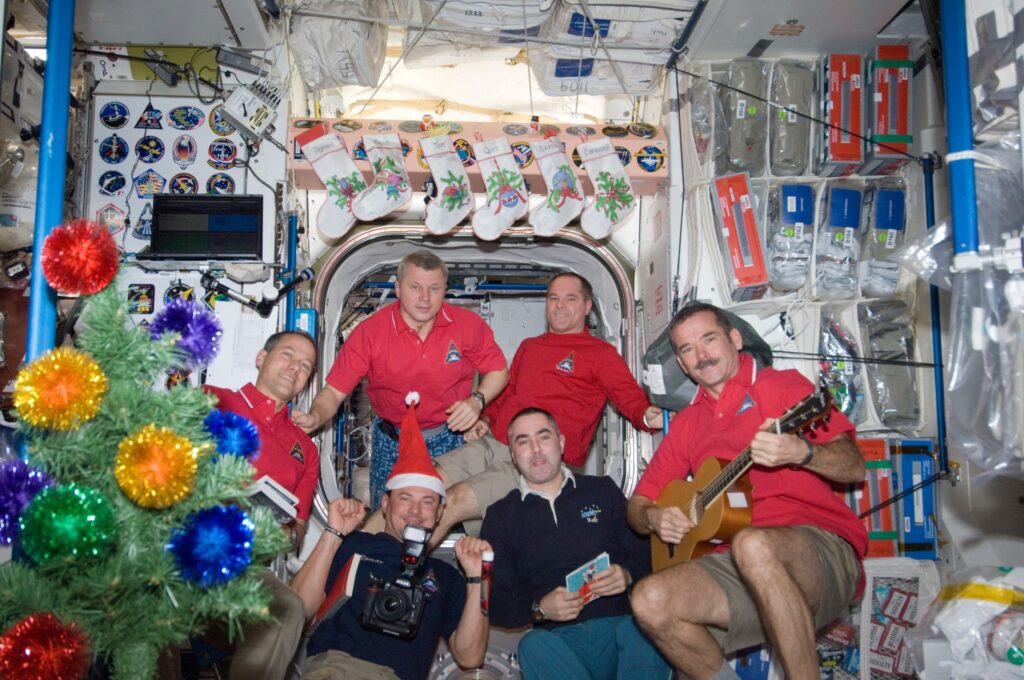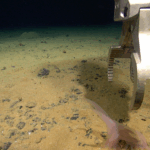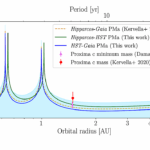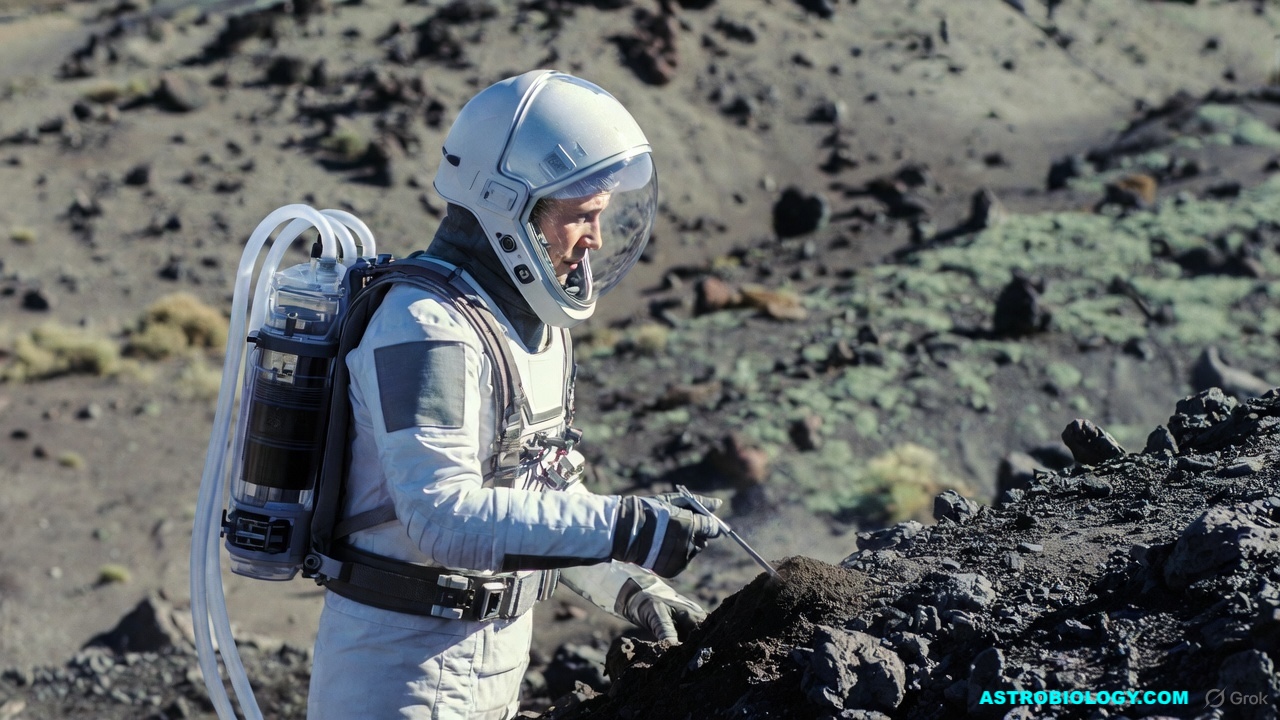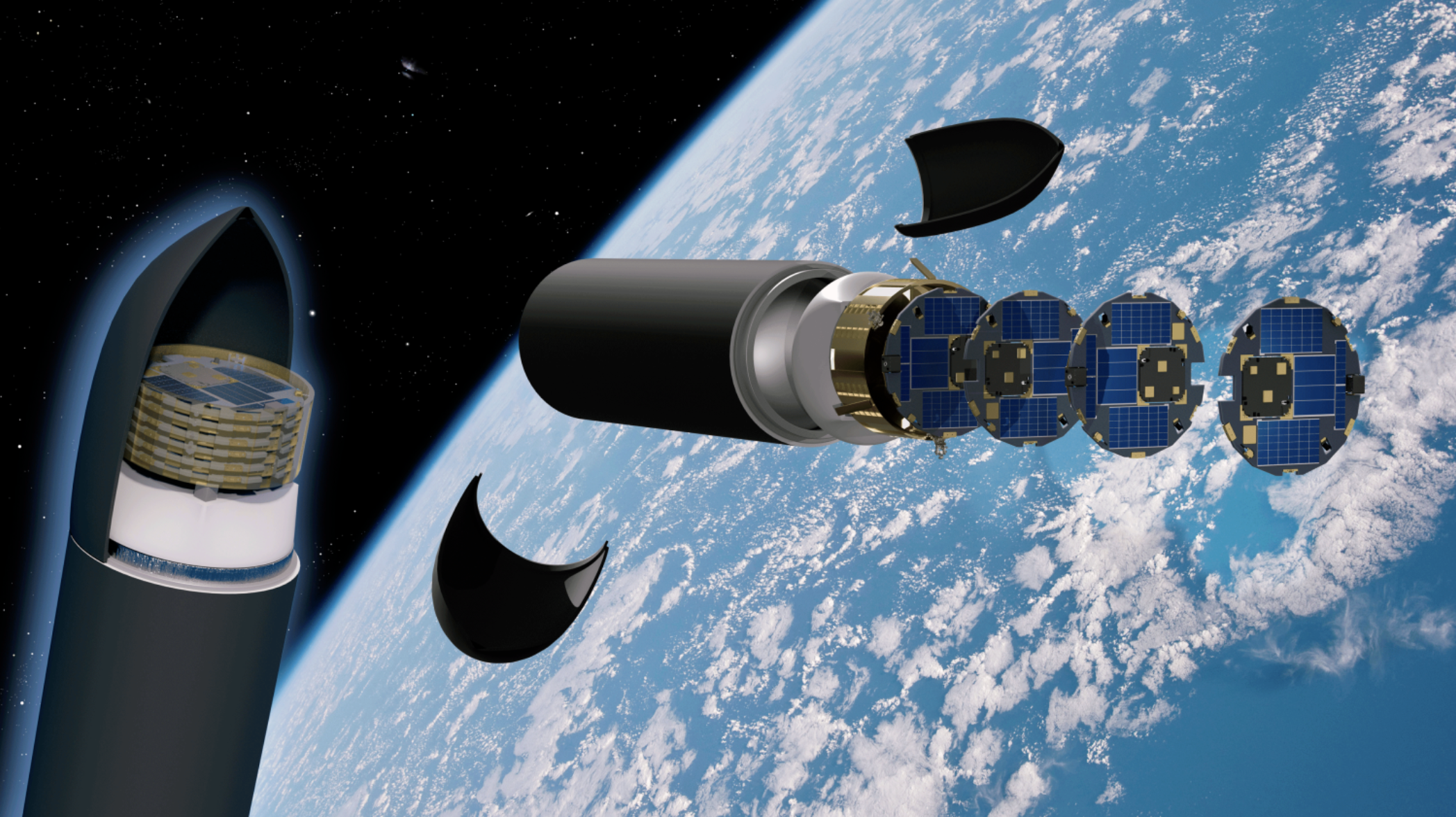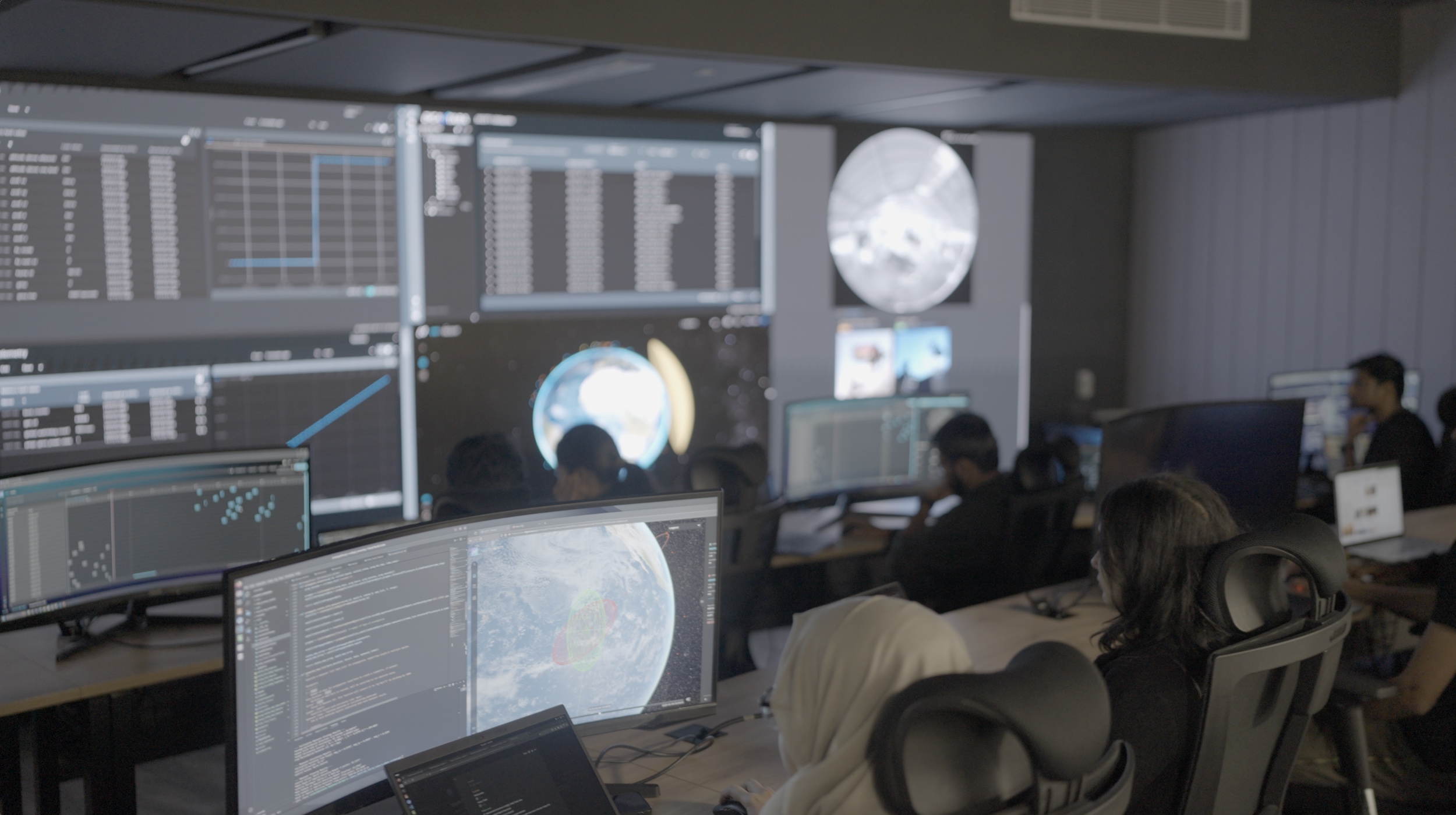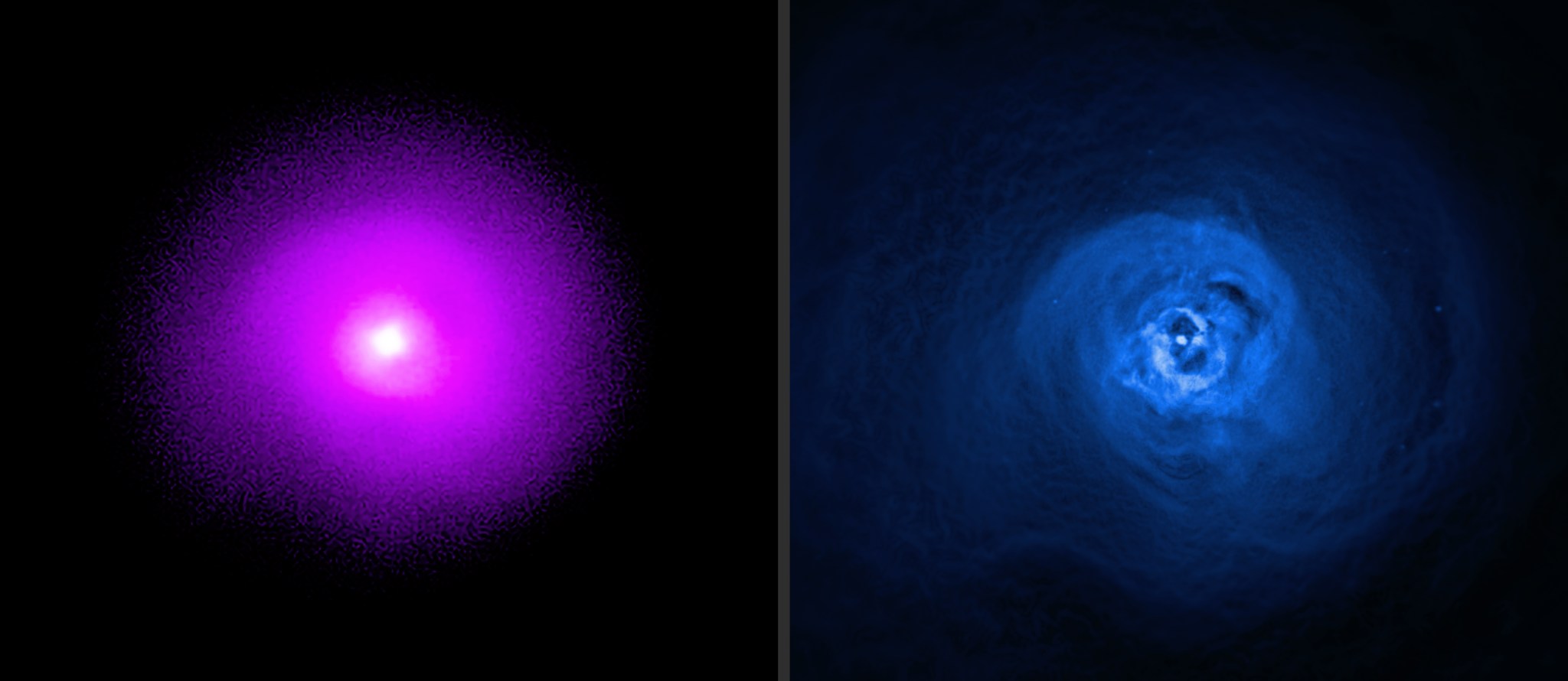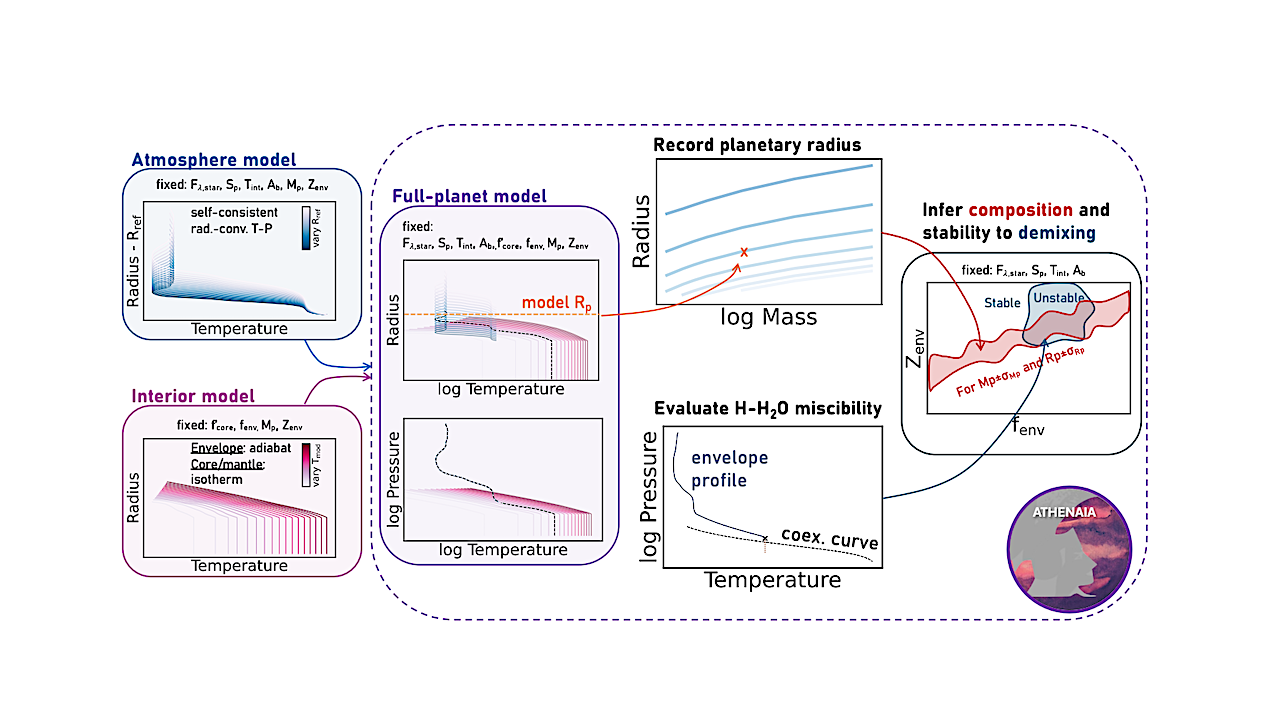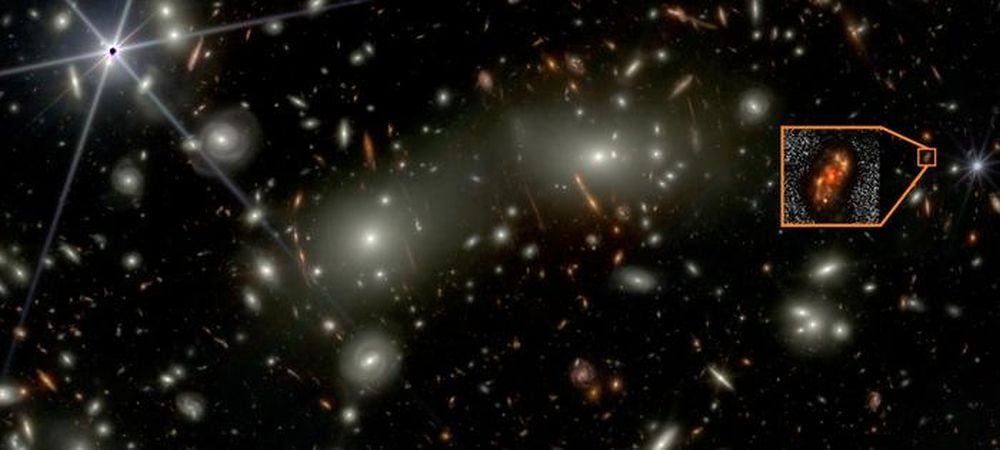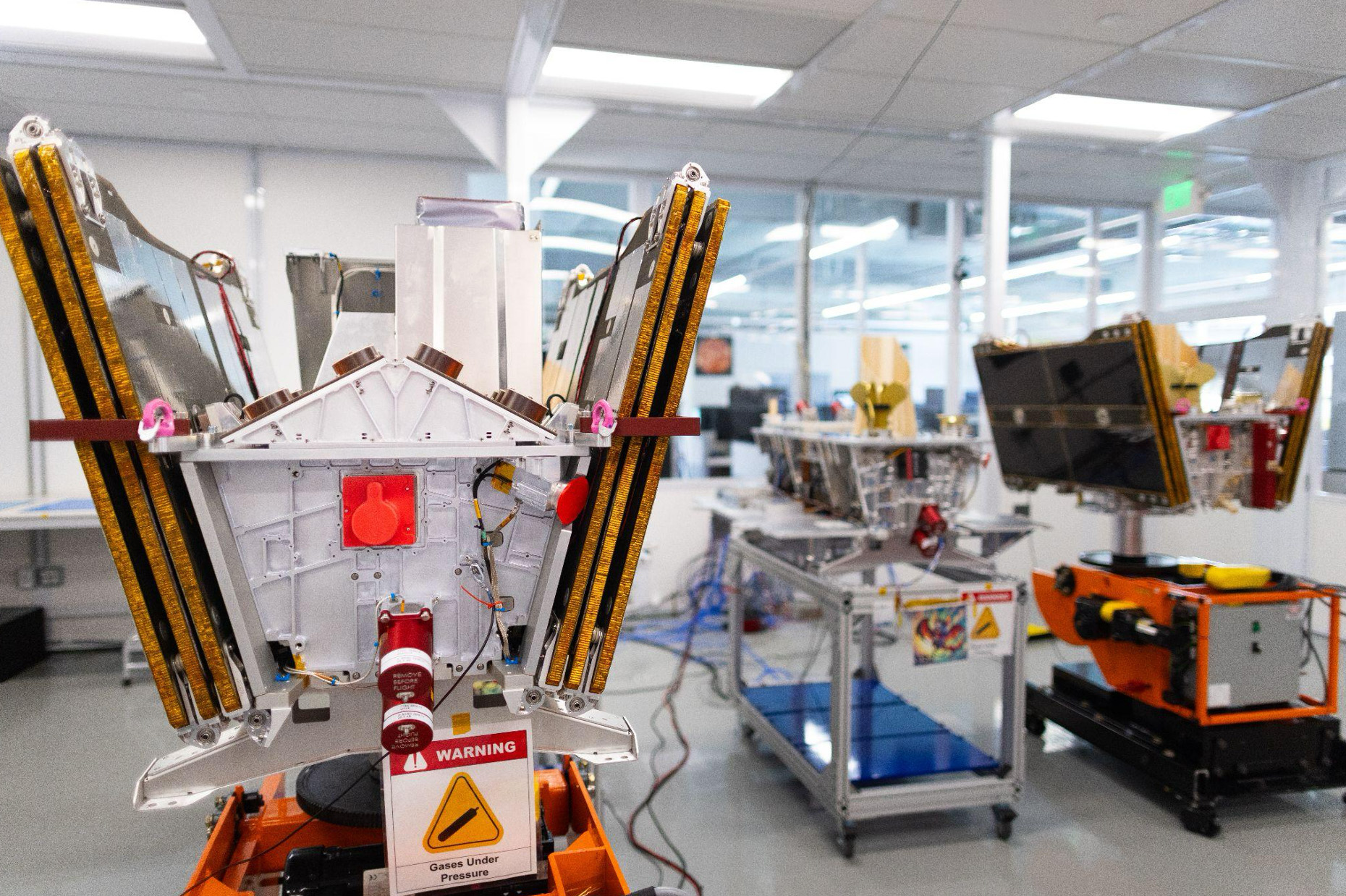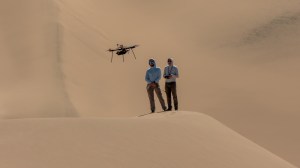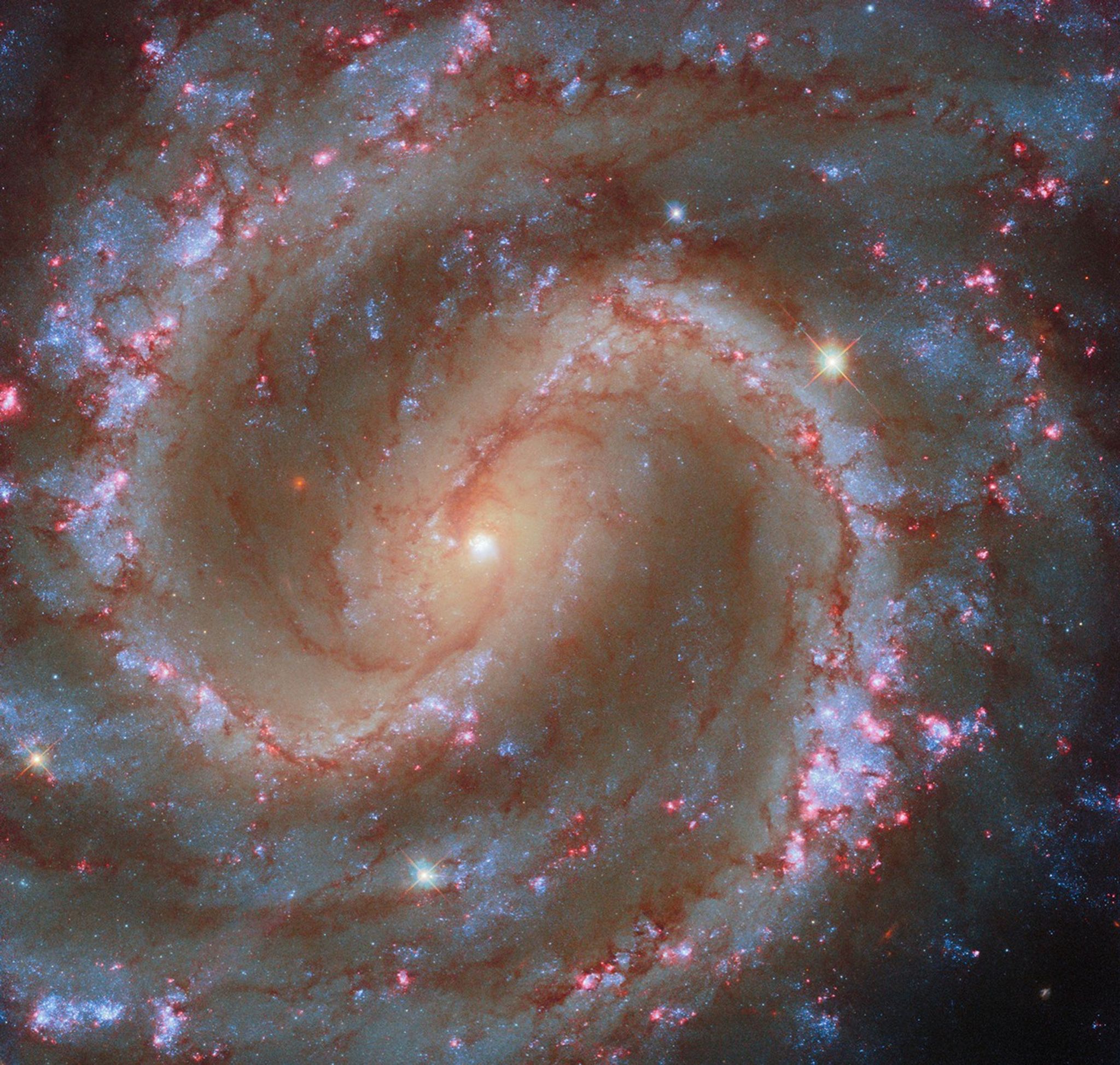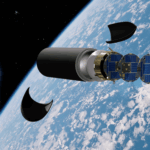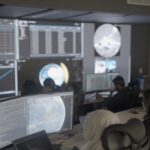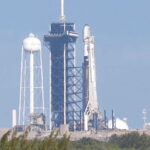Earth and Mars — NASA.gov The Milankovitch cycles of Earth result from gravitational interactions with other bodies in the Solar System. These interactions lead to slow changes in the orbit
Illustration of the workflow for the construction of coupled interior-atmosphere models with ATHENAIA. For each composition, atmosphere models are calculated with SCARLET (top left) and interior models following the model
One of the most formidable tasks in Hollywood has been attempting to successfully adapt sci-fi master Frank Herbert’s seminal classic from 1965, “Dune.” Many brave creative souls have attempted to
The JWST has made a name for itself by discovering mature galaxies in the Universe’s early times. This time, a pair of Indian astronomers working with the JWST found a
There’s been a lot of speculation recently about interstellar visitor 3I/ATLAS—much of which is probably caused by low-quality data given that we have to observe it from either Earth, or
A stream of high-energy particles from a distant supernova explosion may have caused a packed passenger jet to suddenly lose altitude in late October, forcing an emergency landing. The incident
For decades, building a space mission meant a hard choice between two imperfect models. The first was the traditional prime: capable, proven, and thorough, but slow and expensive. Customers paid
Select walls at NASA’s Johnson Space Center have been transformed into works of art. Each piece reflects creativity, collaboration, and the spirit of discovery. Painted by Texas students, the murals
To view this video please enable JavaScript, and consider upgrading to a web browser that supports HTML5 video Three Martian dust devils can be seen near the rim of Jezero
ESA/Hubble & NASA, F. Belfiore, J. Lee and the PHANGS-HST Team This NASA/ESA Hubble Space Telescope image features the spiral galaxy NGC 4535, which is situated about 50 million light-years away in
-
 012024 in Review: Highlights from NASA in Silicon Valley
012024 in Review: Highlights from NASA in Silicon Valley -
 02Panasonic Leica Summilux DG 15mm f/1.7 ASPH review
02Panasonic Leica Summilux DG 15mm f/1.7 ASPH review -
 03From Polymerization-Enabled Folding and Assembly to Chemical Evolution: Key Processes for Emergence of Functional Polymers in the Origin of Life
03From Polymerization-Enabled Folding and Assembly to Chemical Evolution: Key Processes for Emergence of Functional Polymers in the Origin of Life -
 04How New NASA, India Earth Satellite NISAR Will See Earth
04How New NASA, India Earth Satellite NISAR Will See Earth -
 05And Thus Begins A New Year For Life On Earth
05And Thus Begins A New Year For Life On Earth -
 06Astronomy Activation Ambassadors: A New Era
06Astronomy Activation Ambassadors: A New Era -
07SpaceX launch surge helps set new global launch record in 2024


